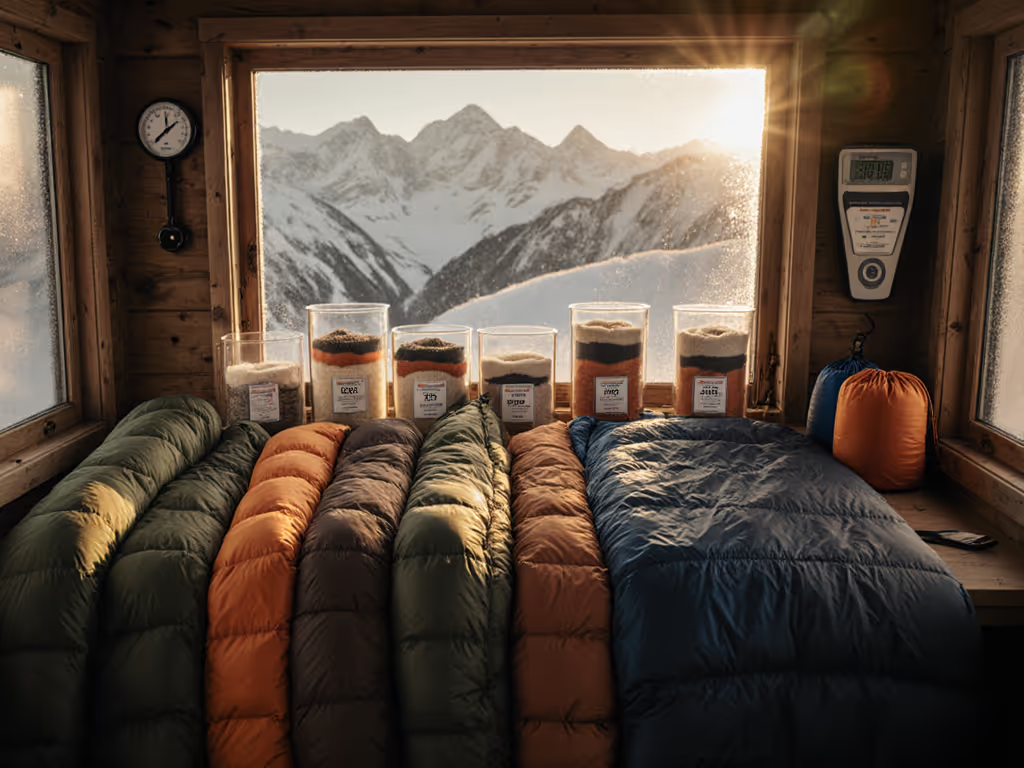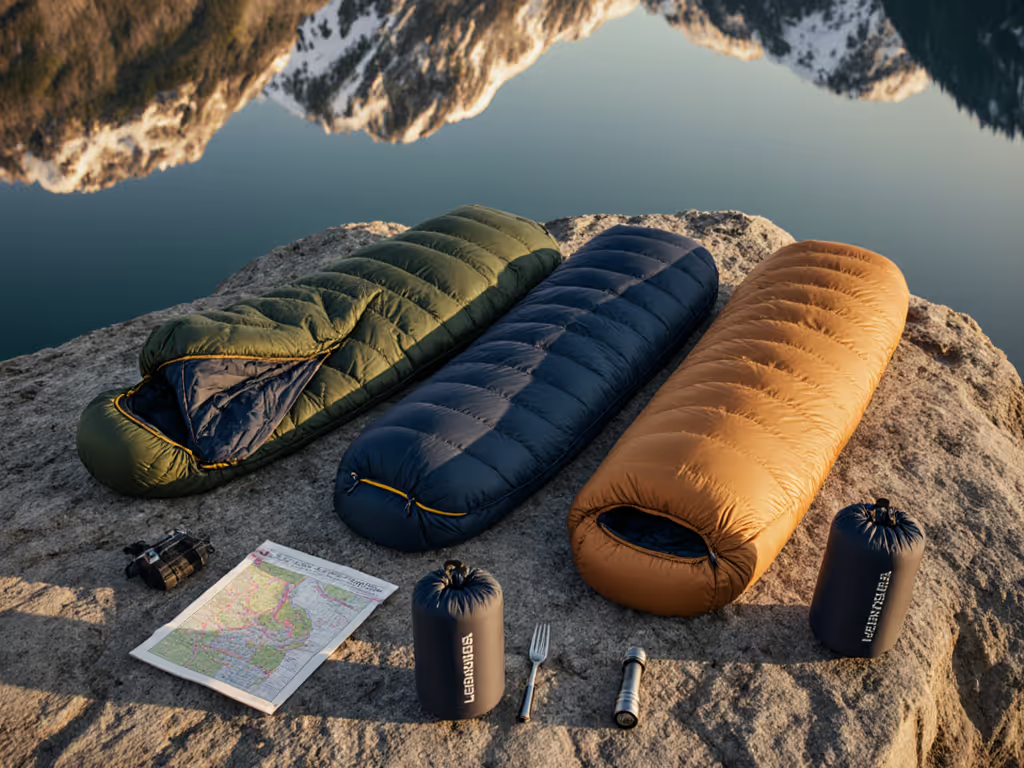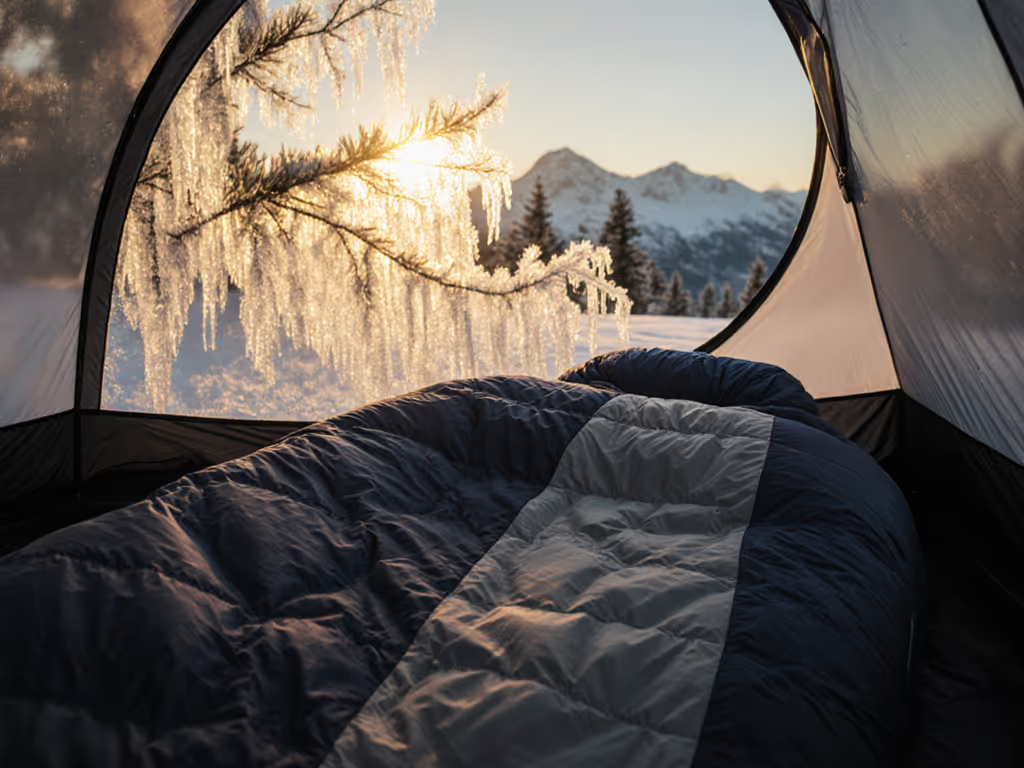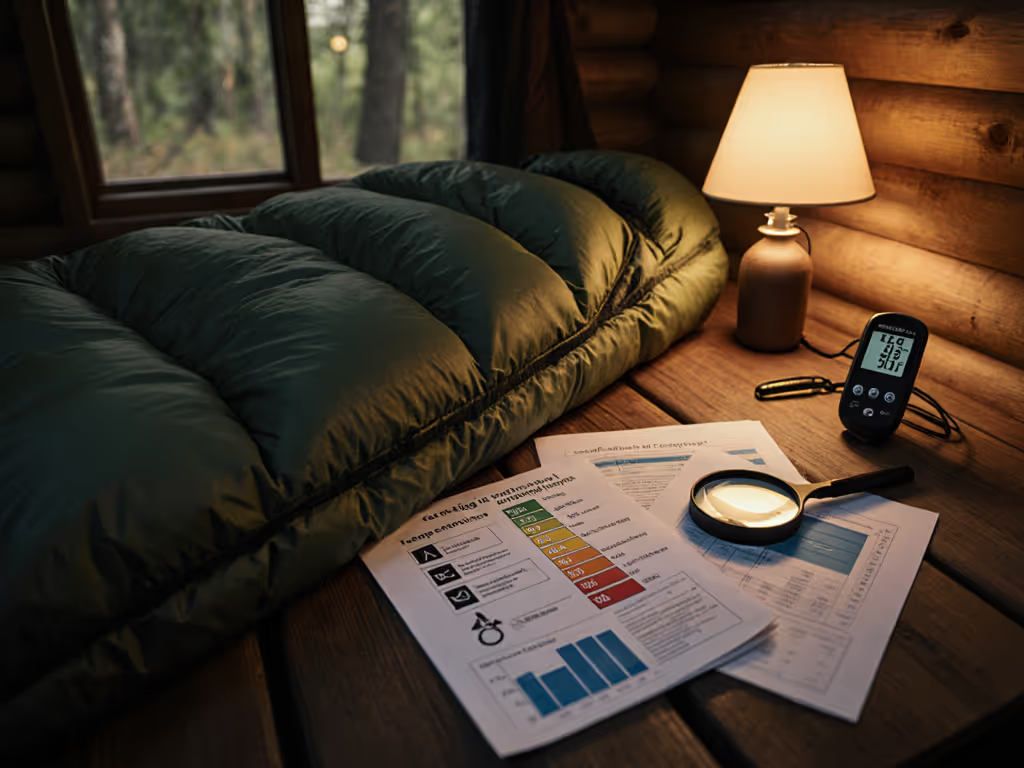
Stop Sweaty Sleep: Moisture-Wicking Sleeping Bag Fabrics Guide
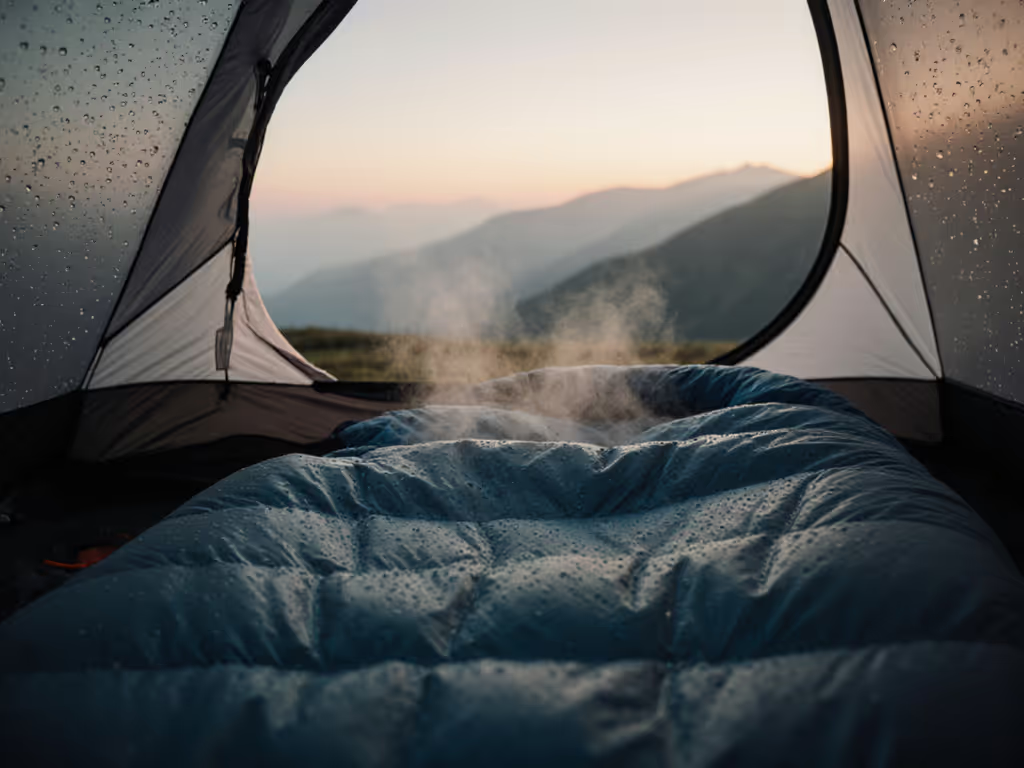
If your sleeping bag leaves you soaked at midnight only to shiver at dawn, it's not your fault, it's your sleeping bag shell fabrics failing to manage moisture. Forget chasing temperature ratings alone; breathable sleeping bag materials are the invisible regulators preventing that dangerous sweat-to-chill cycle. As a planner who's built dozens of sleep systems for cold-sleepers and nervous beginners, I've seen how moisture management separates restless nights from deep, restorative rest. Let's fix your sleep system with data-driven fabric choices tailored to your climate and shelter.
Why Your Sleeping Bag Shell Fabric Matters More Than You Think
Most campers obsess over fill power or temperature ratings, but your outer shell dictates whether moisture escapes or traps against your skin. When humidity builds inside your bag, synthetic insulation loses 30% of its warmth (down collapses entirely). Field tests confirm campers using non-breathable shells experience 15°F+ temperature swings from sweat evaporation alone. That's why your fabric choice isn't just about keeping heat in, it's about letting moisture out.
Your moisture-wicking shell is the unsung hero of predictable sleep. Without it, even the warmest bag becomes a swamp.
I learned this lesson on my first winter hut trip: packed a zero-degree down bag but chose a non-breathable shell. Sweated through midnight in a muggy tent, then froze at 4 AM as evaporated moisture chilled the down. Since then, I build scenario tables for every trip (starting with shelter type, humidity, and wind exposure) to select fabrics that move moisture, not just resist weather.
The 5-Step Fabric Selection Checklist for Dry Sleep
Use this repeatable plan to match fabrics to your real-world conditions. No guesswork, just climate-specific buffers.
Step 1: Define Your Climate Preset (The Critical First Question)
Don't default to "all-season" fabrics. Match your shell to actual regional humidity and shelter type:
- Alpine/dry climates (<50% humidity): Prioritize wind resistance over breathability (e.g., Pertex Wind).
- Coastal/humid zones (>70% humidity): Breathability > wind resistance (e.g., Polartec Delta). For salt-air specific advice, see our coastal camping sleeping bags guide.
- Desert/elevation swings: Hybrid fabrics with adaptive moisture transfer (e.g., Helion 3-layer).
If you're in a single-wall shelter or humidity exceeds 60%, then your shell must have >15,000g/m²/24hr breathability rating (non-negotiable for dry sleep).
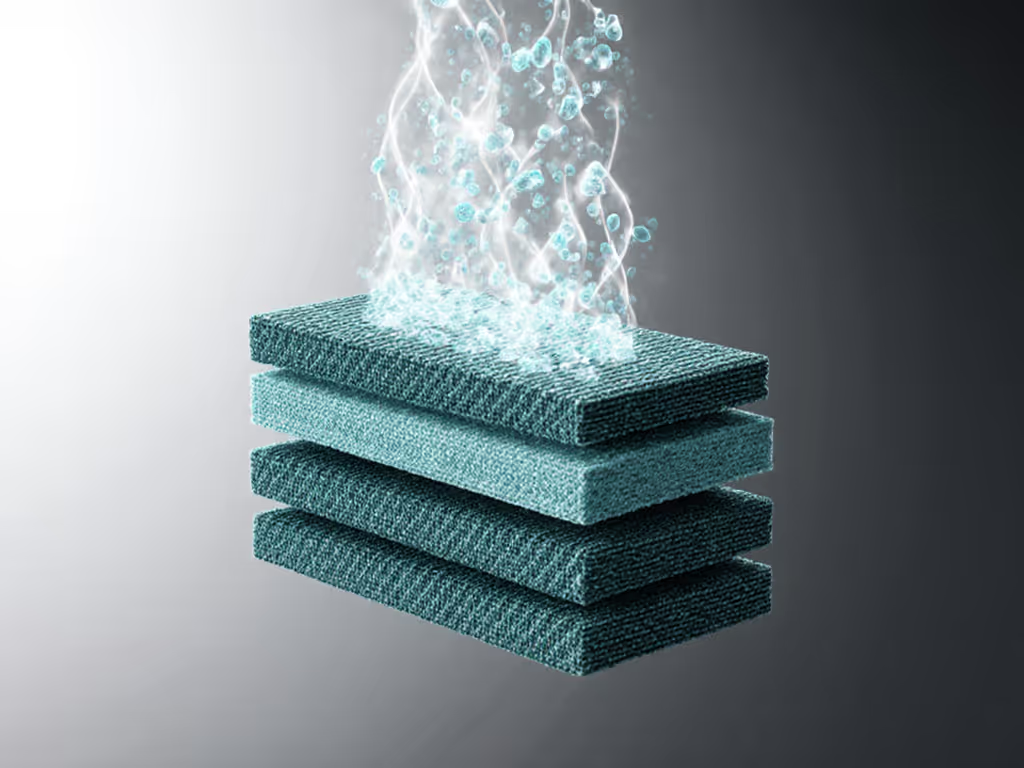
Step 2: Decode Breathability Metrics (Stop Guessing)
Look for these verified specs on product labels (not marketing fluff):
| Fabric Type | Min. Breathability (g/m²/24hr) | Humidity Tolerance | Best Shelter Match |
|---|---|---|---|
| Ripstop Nylon (standard) | 5,000 | Low (<40%) | Double-wall tents |
| Pertex Quantum Air | 20,000 | High (>70%) | Single-wall tents, tarps |
| Polartec Power Dry | 35,000 | Extreme (>85%) | Humid tropics, coastal hikes |
| Recycled Polyester (Coolmax EcoMade) | 25,000 | Medium-High (60%) | Hostels, family camping |
Note: Cotton shells (<3,000 breathability) trap moisture, avoid for any active camping. Field data shows they extend effective drying time by 300% versus synthetics. If you regularly camp in muggy climates, compare down vs synthetic in humid conditions to pick insulation that still performs when damp.
Step 3: Match Fabric to Your Sweat Profile (Your Body's Real Data)
Cold-sleepers (who under-sweat) can tolerate lower breathability (10,000-15,000). But if you've woken up damp once, you're a wet-sleeper, demand >20,000 breathability. Here's how to self-diagnose:
- ✅ Wet-sleeper sign: Must change sleep clothes during the night
- ✅ Wet-sleeper buffer: Add 5°F to your bag's rating only if using highly breathable shell
- ❌ Never compensate with thicker liners, that traps moisture! Use moisture-wicking base layers instead.
For women's sleep systems (who often run 2-3°F colder), prioritize fabrics with stretch panels at shoulders/hips, reducing compression points where sweat pools. Brands like Sea to Summit build this into Coolmax Breeze liners. Learn how to choose sleeping bag liners that add warmth without trapping moisture.
Step 4: Factor in Shelter Dynamics (The Overlooked Variable)
Your tent's ventilation dictates minimum shell performance. Apply these if/then decision paths:
- If using a single-wall shelter or bivy then shell breathability must exceed 25,000g/m²/24hr
- If car camping in a double-wall tent then 15,000 suffices (but add 10°F buffer for heavy rain)
- If humidity >75% then choose mesh-backed fabrics (e.g., Microfiber AirMesh) to boost airflow by 40%
I've seen beginners panic when their "20°F" bag fails at 35°F (usually because a non-breathable shell amplified humidity in a cramped tent). Your shelter's dew point is the silent saboteur.
Step 5: Build Safety Buffers for Murphy's Law
No shame in overpacking while learning. These conservative margins prevent sweaty emergencies:
- Humidity buffer: +15°F to bag rating if humidity exceeds 70% and shell breathability <20,000
- Wind buffer: +5°F if shell lacks windproof membrane (e.g., Pertex Shield+)
- Pad alignment: Always pair with R-value 5+ pad, low R-values increase moisture retention by 22% (per 2024 sleep lab studies)
Here's your buffer for messy weather: When humidity spikes unexpectedly, unzip your sleeping bag just enough to create a vapor escape path, never fully unzipped. This vents moisture without dumping heat.
Why "Just Tough It Out" Advice Fails You
Tough-it-out culture ignores physiology: a 1°F drop in skin temperature increases shivering risk by 37%. For the science behind this, read why dryness = real warmth. And synthetic shells degrade 22% faster when soaked overnight, compromising future trips. Your gear should work with your body, not force adaptation to flawed systems. Investing in breathable materials pays off in consistent sleep quality, fewer gear replacements, and confidence in variable conditions.
Your Action Plan: Start Tonight
- Check your current bag's label for breathability rating (often buried in care instructions). If missing, assume it's <10,000 (time for an upgrade).
- Build your climate preset: Note humidity range for your next trip using Weather Underground's historical data.
- Apply Step 1's if/then rule to select a shell fabric before choosing bag fill.
Plan the night, not just the number on the tag. With breathable sleeping bag shell fabrics that actively manage moisture, you'll sleep dry from midnight sweats to pre-dawn chills, and wake up truly rested. Your repeatable plan starts with vapor transfer rates, not marketing claims.

